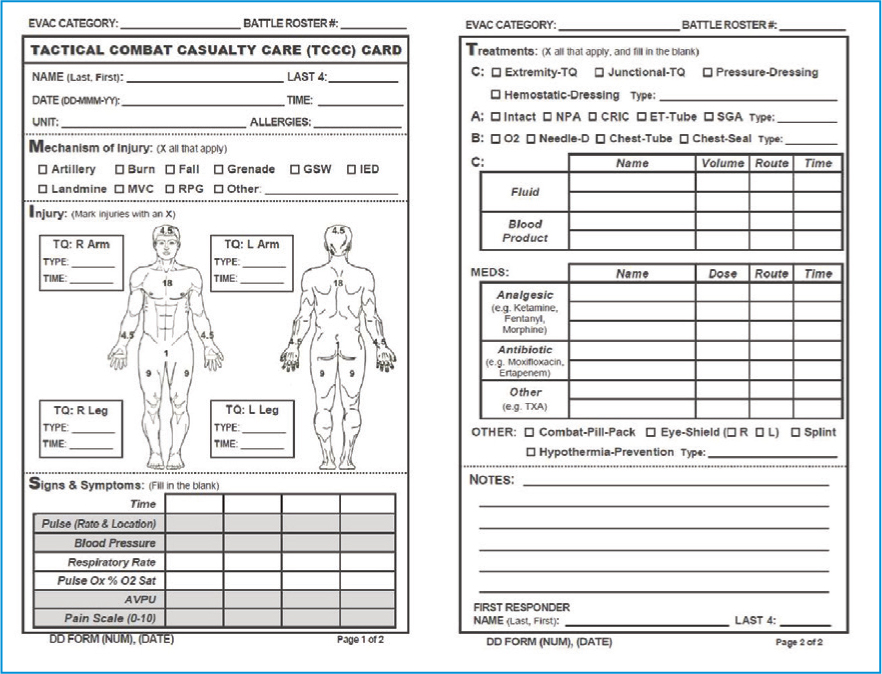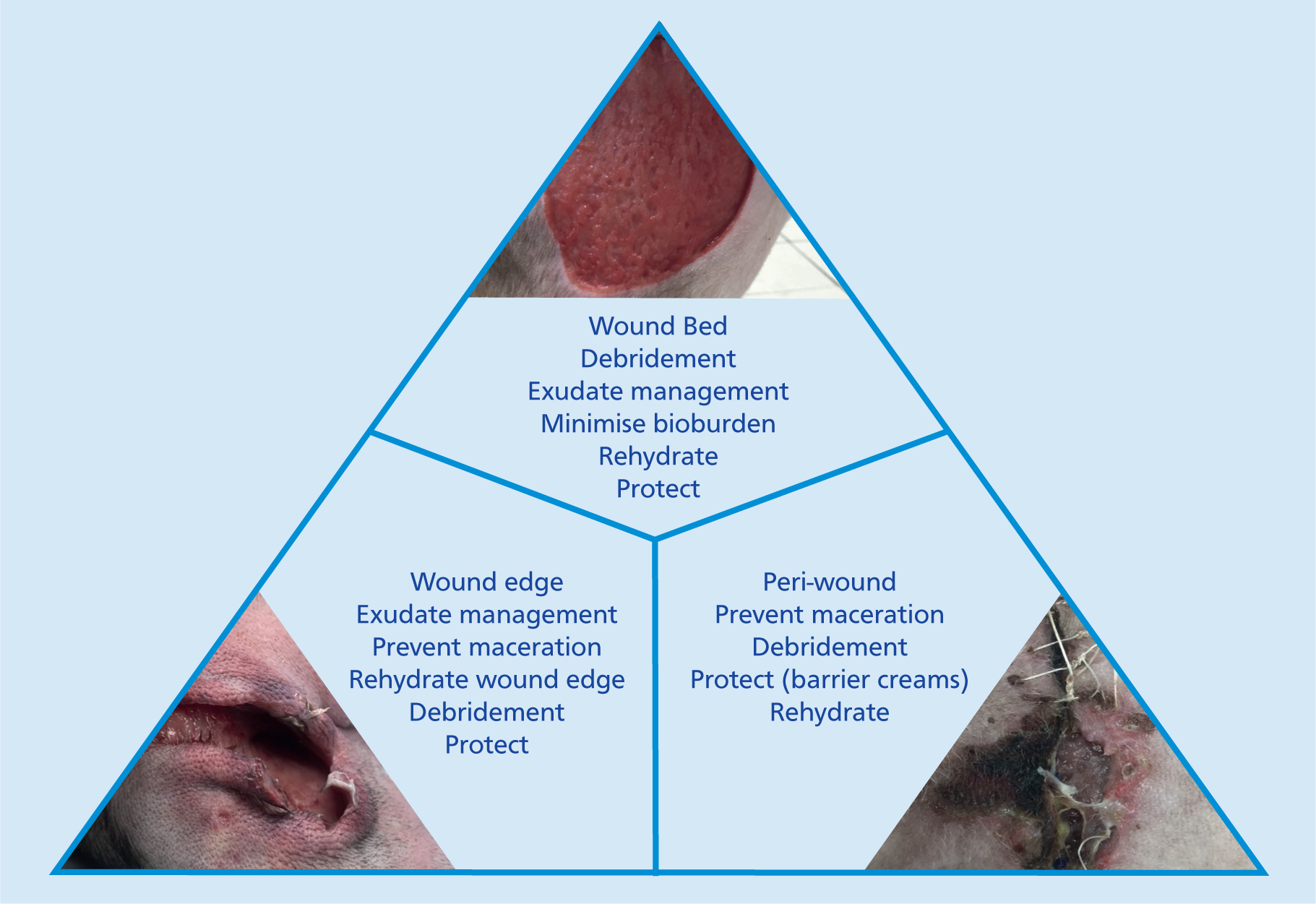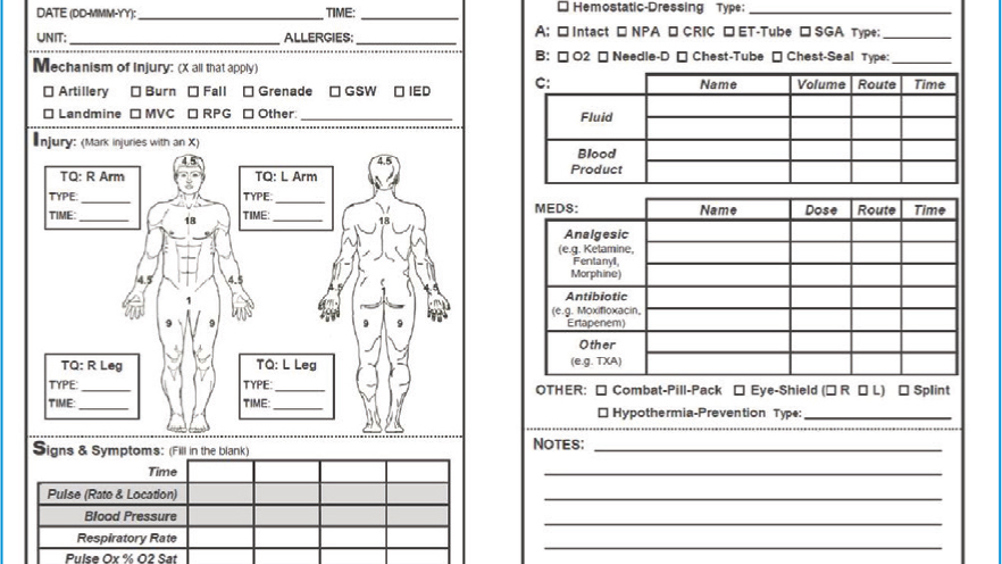An integral part of the veterinary nurse's role is the assessment of patients prior to and on arrival to the veterinary clinic. Any assessment performed should follow a systematic approach that allows the veterinary nurse to prioritise patients, minimise treatment delays and improve healing outcomes.
Wounds require a meticulous and rapid approach to prevent increases in bacterial bioburden, which could potentially lead to infections and delays to the healing process. The aim of any wound management protocol should be to maximise the environment that facilitates the body's natural healing process and ensures minimal disruption to the animals' quality of life.
The initial assessment and planning stage can have an effect on healing outcomes and ensuring communication is initiated immediately between the veterinary team and the client can help to maximise wound healing; but could this process be improved with the implementation of clinical governance and quality improvement processes?
A checklist can be used as a cognitive aid to prevent vital steps being missed, they can be based around a particular protocol or guideline to help minimise or prevent mistakes. Our working memory is different to short-term memory in that working memory is the active version of this. Short-term memory is associated with the temporary storage of information, whereas working memory is information that we pay attention to and manipulate at anyone time (Moskowitz, 2008). It is believed that a person's working memory can handle three or four items at a time, with short-term memory storage of around seven items (Moskowitz, 2008). When put into action within the veterinary practice setting where veterinary nurses and other professionals are expected to manage multiple patients and tasks at anyone time, the use of a checklist can help to prompt staff, ensuring vital steps are not forgotten. This can lead to improved patient care, improved client-veterinary communication and improved veterinary staff productivity and motivation.
Checklists are already utilised in a range of clinical and non-clinical settings and their application within veterinary medicine is becoming more widespread among the profession; pain scoring, surgical safety checklists and intravenous catheter monitoring are all working examples of checklists available to veterinary practitioners (RCVS Knowledge, 2020). But, wound management assessment frameworks that are specific to the veterinary profession are lacking.
Checklist versus a care bundle
As stated above checklists are a cognitive tool to prompt practitioners and ensure vital steps are not missed in an effort to minimise errors. Typically created alongside an evidence-based protocol, they can be a simple tick box system or incorporate diagrams, such as shown in Figure 1. This is an example of a human-based wound assessment form that utilises check boxes and simple diagrams to allow anyone who sees the patient to be able to know exactly what stage the wound is in and where it is located.

A care bundle is a collection of typically three to five interventions that are created using evidence-based information, and which form a structured process that can be followed and initiated by the clinical team (Figure 2) (Flanagan, 2019). They should form a type of protocol that promotes best practice principles that should be followed every time for every patient (Flanagan, 2019). These can then be used retrospectively during a clinical audit to measure patient outcomes and monitor if protocols are being adhered to by every member of staff (Flanagan, 2019).

The advantage of applying both of these systems would be to improve overall patient care. The care bundle can be applied to every wound patient to ensure continuity of care across the whole team, and the checklist can be used to backup the care bundle to ensure vital steps are not missed, such as, ensuring a thorough examination is carried out, or photographs of the wound are taken at each stage if continuity is an issue, or measuring the wound to appropriately monitor progress and early identification of wound regression.
Considerations for wound assessment forms/checklists
Carrying out an effective wound assessment involves a multifaceted approach. Good communication between the client and veterinary staff is vital — good communication can help to improve client compliance leading to better patient outcomes (Arvidsson, et al, 2021). A thorough history should be collected ensuring all appropriate information is gathered, this should include any relevant history, concurrent disorders or diseases and medication. Asking questions regarding the client and patient lifestyle can also ensure a tailor-made wound management plan is created, for example if a patient is going to require bandaging for a substantial period of time can the client manage this and is it realistic, this all comes back to not impacting the patient's quality of life. Other areas for consideration when creating either a wound assessment checklist or form can be found in Tables 1 and 2.
Table 1. Consideration for information to include on a wound assessment form/checklist
| Patient history | Treatment aims |
|---|---|
| Concurrent disease/medication | Client/patient home factors |
| Wound status (regression, static, improving, healed) | Indicators of infection |
| Wound number (if more than one wound present) | Culture and sensitivity swab |
| Type of wound | Wound moisture levels |
| Duration of the wound | Surrounding skin condition |
| Tissue type and percentage | Wound pain |
| Clinical signs of infection | Wound odour |
Table 2. Wound assessment criteria that should be completed at every wound check
| Exudate level | Exudate colour | Exudate viscosity | Odour | Wound bed | Wound edge | Peri wound | Pain |
|---|---|---|---|---|---|---|---|
| None | Clear | Thin | Absent | Granulating | Healthy | Healthy | Absent |
| Minimal | Serous +/-sanguineous | Stringy | + | Necrosis | Maceration | Maceration | + |
| Moderate | Purulent | Thick | ++ | Devitalised tissue | Dehydration | Excoriation | ++ |
| High | Green/yellow/brown | +++ | Undermining | Dry | +++ | ||
| Excessive | Rolled | Erythema |
The National Audit for Small Animal Neutering (NASAN) provides the beginnings of a framework, which involves grouping patients into categories that allow for monitoring of postoperative complications that could be adapted into a checklist or wound assessment form (Table 3) (VetAudit, n.d.). The NASAN framework could be adapted to include further information, such as wound status, exudate levels or signs of infection, and could be tailored to suit the clinical settings and patient load seen. The reader should bear in mind that the NASAN framework is provided as a guideline to assess postoperative wound complications and any adaptations used currently within the veterinary industry would be created to suit individual situations (VetAudit, n.d). For a framework to be classed as evidence-based it would need to undergo further studies and become a validated framework for use across the wider profession.
Table 3. The national audit for small animal neutering (NASAN) groupings used for postoperative neutering complications
| Group 0 | Lost to follow-up (when follow-up was expected) |
| Group 1 | No complications reported |
| Group 2 | Complications noted but no interventions required |
| Group 3 | Complications noted but only medical treatment required |
| Group 4 | Complications noted and repeat surgery required |
| Group 5 | The animal died |
(VetAudit, n.d.)
Wound staging and assessment beyond the wound bed
Wound assessment and staging of the wound are an important factor and should be carried out at every appointment. The TIME framework used in human medicine which outlines areas of wound bed preparation can easily be applied to veterinary patients and can be a good starting point for creating a care bundle or checklist (Dowsett et al, 2015). The TIME framework acronym can be broken down into:
T = Tissue management (non-viable or debris)
I = Inflammation or infection
M = Moisture imbalance
E = Edge of wound (non-advancing or undermining)
By applying these types of evidence-based frameworks it is possible to ensure a systematic approach to wound assessment, which can be applied to every patient, every time (Dowsett et al, 2015).
A study looked at 14 different types of wound assessment frameworks used in human medicine, it found that none of them met the criteria considered to be able to perform optimal wound assessment (Dowsett et al, 2015), specifically, with respect to ease of use, ease of documentation, and improvements to continuity of care (Dowsett el al, 2015). They also do not guide the professional in what to do if there are complications, nor do they offer treatment aims or goals (Dowsett et al, 2015). Any paperwork that is additional to standard practice needs to be quick, accessible and easy to use by all staff members, these can all create barriers to quality improvement, as until proven to advance patient care and practice standards, most will consider paperwork to be time consuming and cumbersome (Arvidsson et al, 2021).
The wound assessment triangle created by Dowsett et al (2015) offers another framework that is simple and takes the wound assessment further (Figure 3); while still assessing the wound bed, it also extends to the wound edge and the surrounding tissue. This framework offers a more holistic approach to the wound by including assessment of the peri-wound area, which has been shown to affect healing (Dowsett et al, 2015). The peri-wound area is defined as the area that extends approximately 4 cm beyond the wound edge, with frequent problems that can occur including excoriation (self-trauma to the surrounding skin), maceration from excess exudate and dryness, all of which can contribute to delays in healing and can adversely affect the patient's quality of life (Dowsett el al, 2015).

Conclusions
The application of wound assessment frameworks, whether these are in the form of a simple checklist, care bundle or full assessment, can have an effect on how veterinary professionals manage wounds. The use of adapted frameworks can be beneficial and provide continuity across an establishment, but further research and studies are needed to create an evidence-based framework that the whole veterinary profession could benefit from to standardise wound care. The application of a framework can be implemented once a thorough assessment has been conducted, and can aid in an appropriate plan being created that should be tailored to each patient, client and wound; any form of wound assessment framework is going to help improve this process and allow for a systematic and holistic approach.
KEY POINTS
- The utilisation of wound assessment frameworks, such as the TIME model and the triangle of wound assessment, are widely implemented within human medicine to create a holistic treatment plan tailored to the wound and patient's circumstances.
- Although there are some guidelines or frameworks available that can be adapted to a veterinary practice's needs, further research is required to create a standardised wound assessment framework that could be beneficial to the wider veterinary community.
- The use of quality improvement in veterinary wound management has been under researched and the benefits of applying quality improvement methods to other areas of the profession have proved beneficial to patient outcomes.


